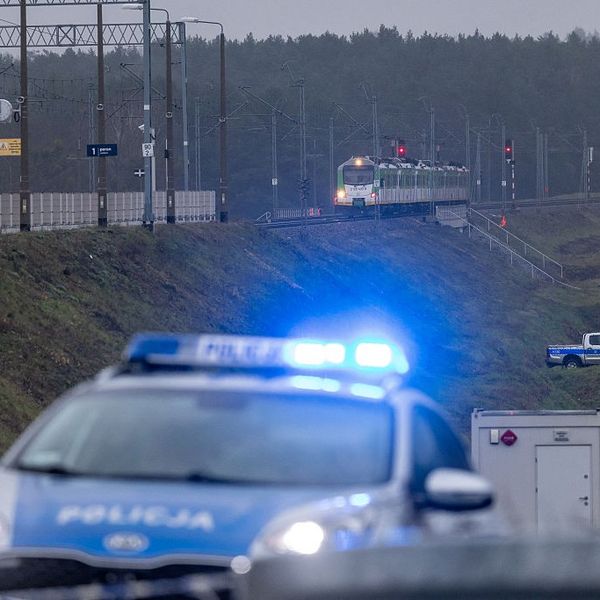Bottom Line Up Front
- On December 11th, there was a terrorist attack on a Christmas market in Strasbourg, France.
- While the suspect was known to the authorities, he was merely one name on a list of approximately 20,000 in France who are suspected of ‘radicalization.’
- With the collapse of the so-called Caliphate, Europe has been focused on the threat posed by returning foreign fighters, but homegrown terrorists also pose a threat.
- Europe is likely to suffer from a low-level, consistently steady stream of terrorist attacks for the foreseeable future.
On December 11th, a 29-year-old Frenchman born in Strasbourg and identified only as Cherif C. attacked a Christmas market in Strasbourg, France. As of the following evening, he was still being hunted by authorities. The assailant opened fire in at least three separate locations, killing two and wounding at least a dozen more, several critically. The terrorist attack was one of the deadliest in Europe this year. This was not the first time jihadists have sought to attack the Christmas market in Strasbourg. In 2000, authorities disrupted an al-Qaeda-linked plot focusing on the same target. One of the terrorists involved in the Paris November 2015 attacks was from Strasbourg, also the site of a thwarted plot in November 2016. The choice of a Christmas market, similar to the attack in Berlin in December 2016 is symbolically important, as it seems designed to further divide Muslims and non-Muslims in Europe.
The attack comes even as there has been an ebb in successful terrorist attacks on the European continent this year—even with the deadly attack in March in Carcassonne and Trebbes in southern France, when five individuals were killed and another fifteen were injured. That attack was apparently launched to draw attention to the plight of Salah Abdeslam, a key member of the Paris cell. Still, the operational tempo of jihadist terrorism in Europe has slowed from prior years. The height of the terrorist threat was from 2015-2017, with the attacks in Paris (November 2015), Brussels (March 2016), Nice (July 2016), Berlin (December 2016), along with several attacks in 2017 in cities including Barcelona, Manchester, and London.
In the Strasbourg attack, the suspect was known to authorities, had well-documented links to extremism and radical circles in France and had a significant criminal background, which suggests another European terrorist plot with a crime-terror nexus. And while some might label the attacker a ‘known wolf’ or hint at an intelligence failure, it is important to recognize that France has nearly 20,000 names on its S-List of individuals suspected of being vulnerable to ‘radicalization,’ a term that is poorly defined. The real question many would like to ask is: how can the authorities accurately rank order or prioritize a list with 20,000 names? A new and different approach to assessing the domestic threat is necessary.
Supporters of the so-called Islamic State celebrated the attack online in various forums, even though there was no official claim by IS for the attack. But European security services and law enforcement authorities must be asking themselves whether it matters if the motivation of the attacker is linked to al-Qaeda, IS, or the ideology of Salafi-jihadism more broadly. Europe is likely to suffer from a low-level, yet consistently steady drumbeat of terrorist attacks over the foreseeable future. IS will continue to encourage young European Muslims to launch attacks in their home countries. The threat from returning foreign fighters has received most of the attention, but there is also a major threat posed by ‘frustrated fighters,’ or those prevented from leaving their home countries to travel to Iraq or Syria, as well as homegrown terrorists inspired by jihadi propaganda.








